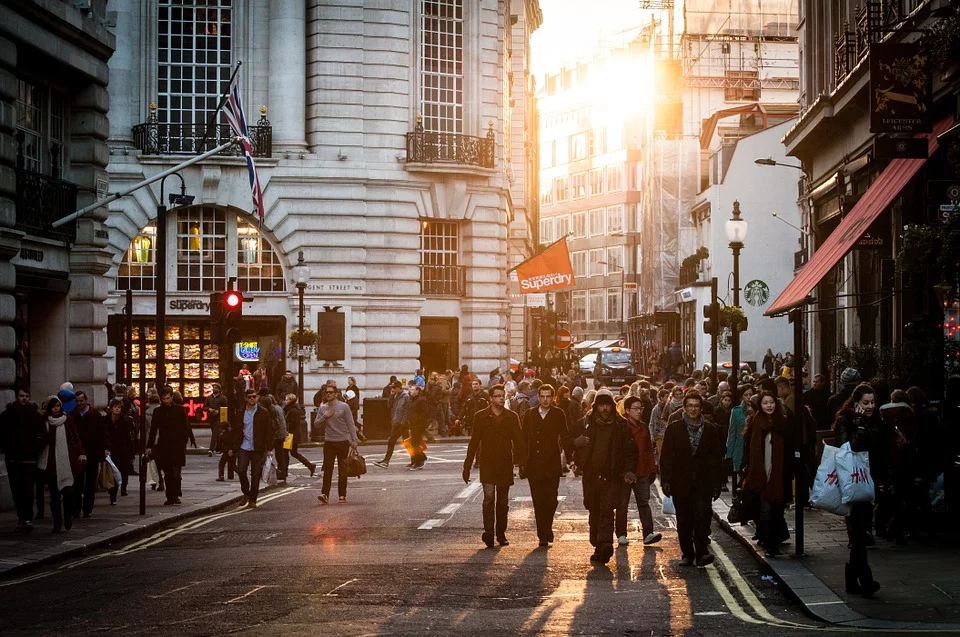UK consumer price inflation up to 0.7% in March
Consumer price inflation rose to 0.7% in March from a three-month low of 0.4% in February, according to the latest figures released by the Office for National Statistics (ONS).

Inflation was primarily lifted in March by higher fuel prices compared to last year. Oil prices rose to a 13-month high last month, magnifying the impact of the significant fall in oil prices a year earlier.
Prices for clothing and for furniture and household goods also lifted inflation. However, inflation continues to be limited by the temporary VAT cut for the hospitality and leisure sectors. There was also some downward impact from food prices in March.
Core inflation rose back up to 1.1% in March after falling back markedly to a six-month low of 0.9% in February from 1.4% in January and December.
There was evidence of a pick-up in price pressures further down the supply chain. Producer input prices rose 1.3% month-on-month (m/m) and 5.9% year-on-year (y/y) in March after y/y increases of 3.3% in February and 1.6% in January. Meanwhile, producer output prices rose 0.5% m/m and 1.9% y/y after y/y increases of 0.9% in February and 0.1% in January.
March’s figures are likely to mark the start of a marked near-term rise in consumer price inflation. Unfavourable base effects resulting from the fall in oil prices in early 2020 will have a further upward impact, while energy prices for millions of consumers are rising in April as a result of an increased price cap.
An expected progressive firming of the economic recovery from early-2021 will also have some upward impact on inflation. There will also be some upward impact in October after the temporary VAT cut for the hospitality and tourism sectors is diluted to 12.5% from 5%.
Consequently, economic forecaster the EY ITEM Club sees consumer price inflation approaching the Bank of England’s 2% target during Q2 and then rising just above this during the second half of the year. However, inflation is not expected to rise much above 2% due to spare capacity in the economy and labour markets.
The EY ITEM Club suspects the Bank of England’s ultimate next move will be to edge interest rates up from the current level of 0.10%.
The forecaster believes the Bank of England is most likely to hold off from acting throughout 2021 but there is clearly a growing possibility that the Bank could tighten monetary policy in 2022 – although at the moment, early-2023 seems more likely.
Kevin Brown, savings specialist at Scottish Friendly, said: “The easing of lockdown restrictions in March was always likely to coincide with a rise in inflation, but the spike is perhaps not as high as some might expect
“Nonetheless, we still anticipate inflation will rise steadily as we move into summer months and the huge levels of pent-up spending demand are released. The Bank of England has an inflation target of 2.0% but as the final restrictions are lifted there is a good chance consumer spending could push inflation well above this before the end of the year.
“The message we wish to repeat to savers who have built up a bigger pot of cash over the past year is to enjoy some of that money. But we also want to stress that savings that people don’t need easy access to should be placed somewhere that offers protection against a sharp rise in inflation.
“If all your money is earning less interest than the rate of inflation, then it is effectively losing value, so instead it’s better to potentially consider investing some of that money to give you a chance to increase its value.”









